The modern bathroom experience has been transformed by freestanding tubs. The sculptural fixtures create both elegance and tranquility in homes while turning practical areas into peaceful relaxation spaces. This guide provides complete information to help you select the best freestanding tubs that match your needs and home dimensions.
The Appeal of Best Freestanding Tubs for Bathroom
Freestanding tubs serve as more than bathing spaces because they function as visual and sensory focal points. The unique qualities of freestanding tubs need to be understood before exploring their materials and styles.
Design Freedom and Visual Impact
The main advantage of freestanding tubs lies in their ability to provide design flexibility. These tubs provide bathroom owners with placement freedom because they can be installed anywhere in the bathroom space. The freestanding design of these tubs creates a central visual point which enhances bathroom luxury.
A freestanding tub creates visual drama in any bathroom space when it stands by a window or in the center of the room or surrounded by tiles and lighting. The visual flow it creates affects the entire bathroom aesthetic.
The stand alone tub design allows for artistic sculptural expression. The tub design market offers unlimited choices between vintage clawfoot models and sleek minimalist silhouettes for those who want to create a statement.
Emotional and Spa-Like Experience
The psychological advantages of a freestanding bath deserve proper recognition. The experience of bathing in a deep tub without walls creates a spa-like environment which helps people relax and feel better. The open area surrounding the tub creates a sense of freedom which leads to feelings of calmness.
The emotional bond people form with freestanding tubs stands as the main reason why they choose the best models. The best freestanding tubs serve both as a hygienic solution and a space for creating ambiance through ritualistic practices.
A freestanding soaking tub, especially an acrylic tub, takes on a symbolic meaning of self-care and tranquility when placed with purpose in the home.
Adaptability Across Design Styles
The wide range of free standing bath tub designs matches every bathroom style from modern to farmhouse and traditional to eclectic. The wide range of sizes and finishes and shapes makes them suitable for any bathroom design.
The personalization of freestanding bathtubs comes from their dark matte finishes and smooth white curves which built-in options cannot match. The design of freestanding bathtubs remains independent from cabinetry and tile lines so they can either create a statement or merge with their surroundings.
Their adaptability makes them suitable for both renovation and new construction projects.
Freestanding Tub Materials: Pros and Cons
The selection of appropriate materials determines which best freestanding tubs will provide long-term satisfaction. Each material selection provides distinct advantages regarding appearance and durability and maintenance requirements.
Lightweight Versatility of Acrylic

Acrylic stands as one of the most widely used materials for freestanding tubs because it provides both attractive design options and functional benefits. The lightweight nature of acrylic makes installation simpler and more versatile for different bathroom floor configurations.
The material maintains heat well which suits people who prefer extended bathing periods. The smooth non-porous surface of this material resists stains and scratches while needing only gentle cleaning.
Acrylic is a material that designers like because it can be molded into different shapes. This allows for a variety of shapes and sizes, from small urban designs to large soaking models.
Classic Weight and Warmth of Cast Iron
For those seeking timeless elegance and excellent heat retention, cast iron stands out. These freestanding tubs are coated in enamel and known for their durability and high-end appearance.
Once heated, cast iron maintains water temperature for an extended period, making it ideal for extended baths. The material resists chipping and offers a glossy finish that exudes luxury.
However, the significant weight of cast iron means installation requires floor reinforcement and professional handling. It's best suited for ground-floor bathrooms or homes structurally equipped to handle the load.
Glossy Appeal of Porcelain-Coated Steel
Cast iron stands out as the best option for those who want classic style and superior heat retention. These freestanding tubs are coated in enamel and known for their durability and high-end appearance.
The installation process of porcelain-coated steel is simpler and less expensive but this material tends to chip easily and loses heat poorly. The product serves as a budget-friendly alternative for people who want to add charm to their space.
The design of this piece works well in both vintage and transitional settings which allows homeowners to choose their preferred design direction.
Comfort and Ergonomics in Best Freestanding Bathtub Design
A freestanding tub must be as comfortable as it is beautiful. Let’s explore how ergonomic design enhances the bathing experience.
Optimal Shapes for Body Support
The design of a freestanding tub establishes its ability to provide body support. The smooth curves of oval tubs distribute weight evenly while providing a natural reclining position.
The slipper tub design with one or two elevated ends provides superior support for both neck and back regions, often found in double-ended tubs. The forms help to minimize spinal tension while allowing complete relaxation of the body.
The use of rectangular and geometric models can give a modern look, but may need additional headrests or support cushions for comfort during longer soaks.
Depth and Soaking Experience
The depth of a bath determines the extent of immersion during the bathing experience. The ability to fully submerge your body in freestanding tubs makes them ideal for relaxation. The feature stands as a crucial element for people who want to establish a spa-like experience in their home environment.
Deep tubs often include sloping interior designs which provide body support for extended periods of relaxation. The top models unite deep dimensions with curved shapes that support different sitting arrangements.
Households with elderly members should select a depth that balances comfort with easy access and exit points.
Surface Texture and Finish
The inward-facing surface of the tub determines its skin contact sensation. A high-quality, smooth finish enhances the sensory experience and makes the freestanding bath more inviting.
Matte textures help prevent slipping while glossy finishes create a smooth polished look, making them easy to clean. The surface needs to be simple to clean and should keep its appearance throughout the years.

The finish of a bathtub affects its appearance in addition to its feel. The current market for freestanding bathtubs includes matte black and pearl white and stone-inspired texture options among others.
Style Choices: From Classic to Contemporary
The visual style of your tub can elevate the entire design language of your bathroom. It’s where form meets function.
Vintage Inspirations and Clawfoot Charm
People who prefer classic style can find historic charm and timeless appeal in clawfoot freestanding tubs. The elevated design of these tubs creates a sense of luxury which appears in both heritage homes and romantic design schemes.
The ornamental feature of their detailed feet and curved lines works well with antique fixtures and mosaic flooring. Modern versions of this design use updated materials and finishes even though they draw inspiration from the past.
The combination of design, with contemporary strength has kept clawfoot tub a timeless choice among consumers.
Minimalist and Sculptural Modern Designs
In bathrooms, todays trend leans towards clean and simple designs that emphasize sleekness and minimalism by featuring pedestal and slipper freestanding bathtubs with smooth curves and matte textures.
The tub designs complement the aesthetic of the room with a mix of angular shapes to create an interesting visual contrast.
These modern tubs create a cohesive and elegant look for urban spaces and contemporary homes by avoiding visual distractions.
Bold Colors and Custom Finishes
White continues to be a timeless selection but people now use color to make their bathroom more personal. Black freestanding tubs, navy blue models, and even metallic finishes like copper or brushed brass are rising in popularity.

These vibrant options create a powerful visual statement. The tub functions as a central design element in rooms that use either color-themed or monotone color schemes.
The finishes of matte, gloss or hammered textures allow you to personalize the tub to your taste and match the bathroom's aesthetic.
Practical Considerations: Installation, Size, and Space
The selection of best freestanding tubs requires both design appeal assessment and practical considerations that determine your final decision. A luxurious design becomes useless when the tub does not fit properly or needs complicated installation procedures.
Measuring Your Space Effectively
Any purchase requires accurate measurement of bathroom dimensions beforehand. The clearance requirements for freestanding tubs exceed those of built-in tubs because they lack wall or deck enclosures. The assessment needs to include both the tub footprint and the necessary clearance space for safe movement.
Consider the placement of doors and vanities and other fixtures in your bathroom. A compact standing tub or corner-friendly design can help you enjoy the benefits of a freestanding bath when space is limited and still maintain good room flow.
Remember to measure the ceiling height and sightlines. A tub that looks perfect in a showroom might overwhelm a smaller bathroom at home. Measuring vertically and horizontally ensures a proportional fit that feels natural within the overall layout.
Installation Logistics
The installation process of best freestanding tubs requires special logistical planning. The installation of these tubs demands floor-mounted plumbing systems or alternative plumbing solutions which might modify your floor structure. The weight of a filled tub requires floor reinforcement in older homes and upper levels to ensure safe support.
Accessibility is another factor. Make sure there is a clear path to maneuver the tub into your bathroom. The delivery of tubs becomes more difficult when hallways are narrow and doorframes are small especially when dealing with heavy cast iron or stone tubs.
The installation process requires hiring either a professional plumber or contractor according to most recommendations. The drain needs proper alignment with supply lines and tub placement for leak prevention and long-term reliability.
Planning for Functionality and Maintenance
When you set up the tub in your bathroom is the beginning; think about how convenient it will be to clean around and beneath the freestanding tub later down the line.It's important to note that unlike built in models tubs like these are open from all angles which can lead to dirt and dust gathering in hard, to reach areas.
The tub area needs sufficient lighting for both cleaning operations and maintenance tasks. Ventilation stands as an essential factor because bathrooms without windows require it. The proper flow of air prevents mold and mildew from forming in small damp spaces.
Consider the accessibility of the tub for regular use when making your decision. Are there nearby shelves or storage for bath products? A floor-mounted faucet might be the best choice but wall-mounted alternatives could also work well. Every detail contributes to a practical and enjoyable bathing experience.
Price and Value: Are the Best Freestanding Tubs Worth It?
The selection of the best freestanding tubs requires knowledge about their value proposition. The higher price of freestanding tubs compared to standard tubs is offset by their exclusive long-term advantages which make them worth the investment.
Upfront Costs vs. Long-Term Value
The total expense of a freestanding tub consists of the tub price together with installation costs and plumbing adjustments and structural reinforcement expenses. The total expenses become substantial so it is crucial to create a proper budget.
The long-term value should not be underestimated. Freestanding tubs enhance the bathroom aesthetic which leads to a significant increase in property value. Their classic design will keep them fashionable for many years to come thus providing long-lasting satisfaction.
High-quality freestanding tubs are built to last. Proper maintenance allows these tubs to provide reliable service for decades while delivering comfort and elegance that exceeds their initial cost.
Evaluating What You Get for the Price
You should assess the price value by evaluating both features and benefits. The evaluation should include material quality and size along with ergonomic features and design elements. Two tubs that appear identical may differ in their heat retention capabilities and maintenance simplicity and comfort level.
Your decision should not be made solely based on cost. A low-cost tub purchase at first seems affordable but it could end up costing you more money because it fails to meet your requirements or needs replacement soon.
The best freestanding tubs combine affordability with maximum value. Choose models that deliver a strong return on investment through their durability and comfort features and design impact.
Making a Budget-Friendly Yet Smart Decision
People with limited budgets can find excellent freestanding tub options. The essential step is to determine which features you need most. Some people value comfort and soaking depth above all else but others prioritize easy cleaning and maintenance.
Research thoroughly and read customer reviews to identify models that consistently perform well over time. Look for warranties and customer service policies that add peace of mind to your purchase.
You can find a freestanding tub that meets your needs and budget by choosing quality over brand or unnecessary features which will provide satisfaction without overspending.
Conclusion
Selecting the best freestanding tubs involves more than finding a decorative bathroom centerpiece. The selection process demands careful consideration of materials alongside ergonomic design, aesthetic preferences, space constraints, practical installation details, and the ideal tub size.
The final result of these elements working together produces a bathing area that unites functionality with attractiveness and relaxation. A freestanding tub selection turns an ordinary bath into a luxurious experience which makes it an excellent choice for contemporary homes.
FAQ
1. Which free standing tub is most comfortable?
The comfort of a free standing tub depends on its shape and depth but double-slipper and oval-shaped designs are most praised for ergonomic comfort. Double-slipper tubs have both ends raised, supporting the back and neck from either side, making them ideal for lounging. Similarly, oval tubs offer a symmetrical and spacious interior with no sharp corners, allowing for relaxed reclining. The best freestanding tubs often feature deeper soaking depths, allowing the body to be fully submerged, which enhances muscle relaxation and a spa-like experience. Japanese soaking tubs, although compact, are also considered supremely comfortable due to their depth and the ability to sit upright while soaking.
2. Who makes the highest quality bathtubs?
Manufacturers who specialize in premium craftsmanship and durable materials produce the highest quality bathtubs. Kohler, Toto, Moen, Hansgrohe and Duravit maintain their position as leading manufacturers because they build freestanding tubs from high-grade acrylics, cast iron and volcanic limestone. These brands stand out through their modern designs and their ability to withstand wear and tear and their focus on ergonomic design. Top manufacturers differentiate themselves through their dedication to both design excellence and operational performance which results in tubs that combine durability and ease of maintenance with attractive designs and comfortable everyday use.
3. What is the best free standing tub material?
The selection of best free standing tub material depends on your preferences regarding heat retention, weight, durability and cost. Acrylic is one of the most popular choices as it is lightweight, warm to the touch, and resistant to cracking and fading. It’s also easier to install compared to heavier materials like cast iron tubs. Cast iron freestanding tub options, on the other hand, offer unmatched durability and exceptional heat retention, keeping bathwater warm longer, but they are much heavier and may require reinforced flooring. Porcelain freestanding tub styles provide a classic look with a smooth finish but are more prone to chipping. For those seeking luxury, solid surface materials like stone resin or volcanic limestone are durable and stylish but come with a premium price tag.
4. What are the downsides of a free standing bath?
The elegance and design flexibility of freestanding tubs comes with certain drawbacks. The main drawback of freestanding tubs is their requirement for additional space because they need clearance for cleaning and design purposes which makes them unsuitable for small bathrooms. The installation cost of freestanding tubs increases because they require floor-mounted plumbing systems and adjustments must be made to position water supply lines correctly. The lack of surrounding ledges in freestanding tubs restricts storage options for toiletries unless additional furniture or accessories are implemented. The cast iron freestanding tub model weighs heavily so it requires structural support for the flooring.
5. How to pick out a free standing tub?
Multiple factors need to be considered when selecting the best freestanding tubs. Measure your space precisely to guarantee the tub will fit properly while providing sufficient space for easy movement. The tub shape and depth selection includes oval and double-slipper designs for comfort and Japanese soaking tubs which provide deep compact dimensions. The selection between acrylic freestanding bathtub models and cast iron freestanding tubs depends on your preference for lightweight maintenance or long-term durability. Your bathroom design should match the style of the tub while the plumbing setup should either match your current bathroom configuration or your planned renovation. The final step in your evaluation should include checking the soaking depth and lumbar support for maximum comfort.
6. What is the best freestanding bath shape?
The ideal shape for a freestanding tub depends on the user’s comfort preference and bathroom layout. Oval-shaped tubs are the most versatile, offering a balance between modern elegance and ergonomic support, making them among the best stand alone tubs. Slipper and double-slipper tubs, where one or both ends are elevated, provide additional neck and back support, making them excellent for long soaks. Rectangular tubs suit contemporary designs and are often deeper, ideal for immersive bathing experiences. Circular or Japanese stand up tub styles maximize depth while conserving floor space. Ultimately, the best freestanding soaking tub shape aligns with both your functional needs and interior design goals.

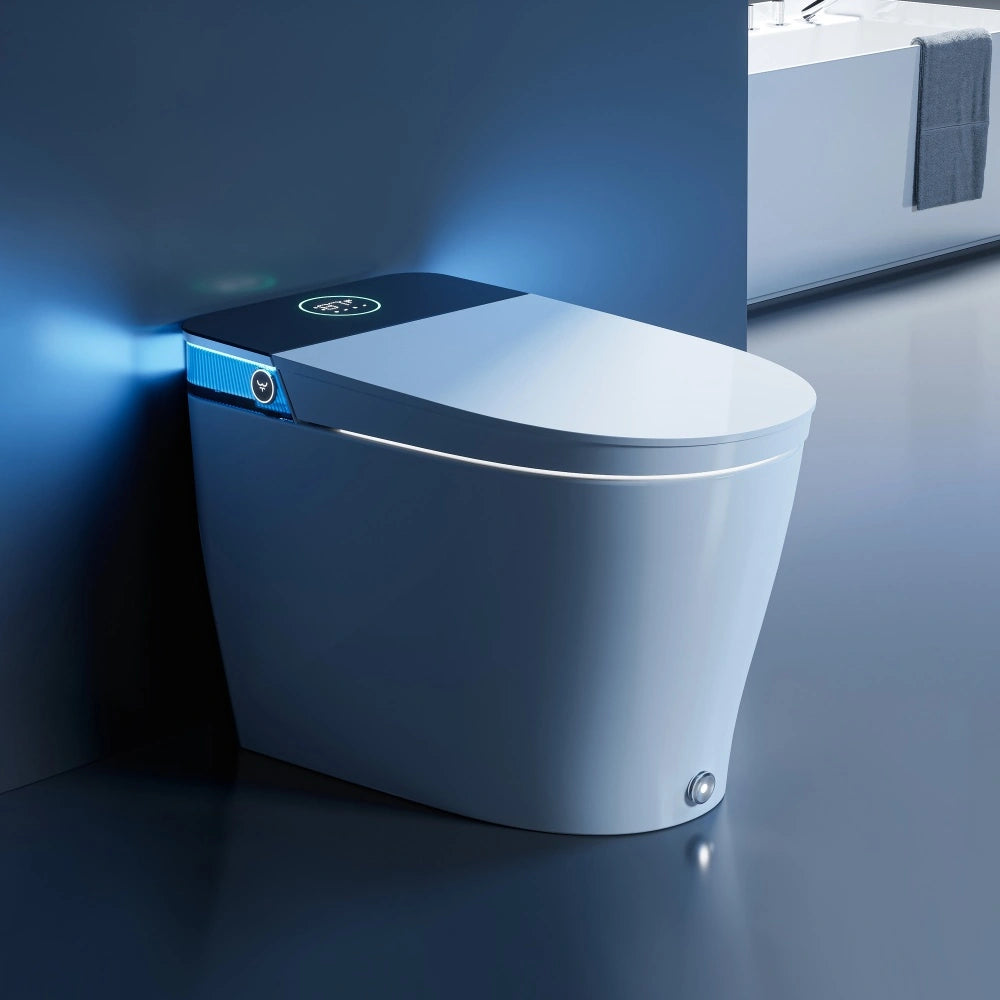
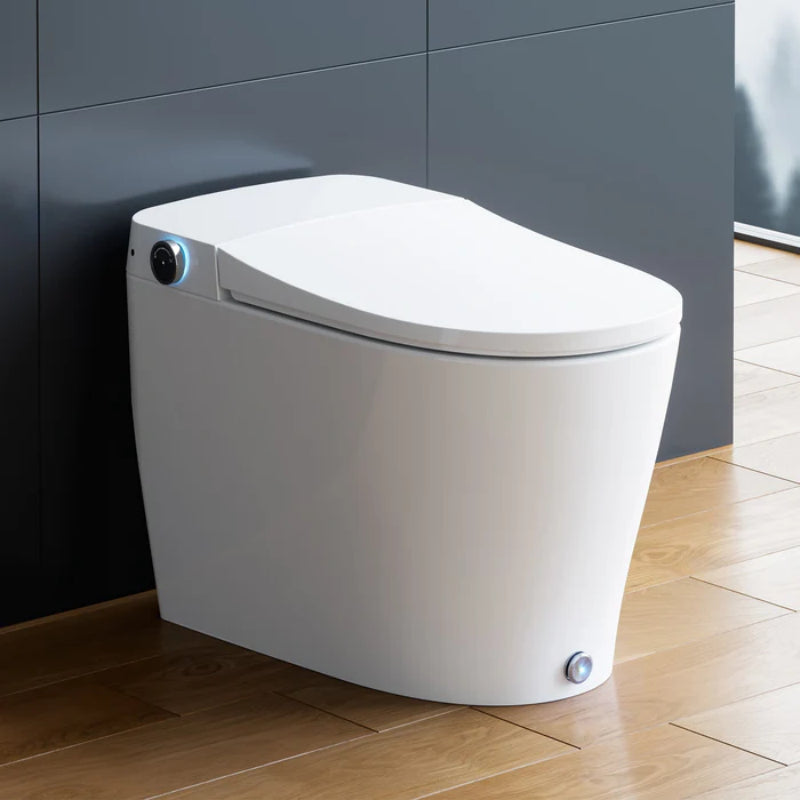
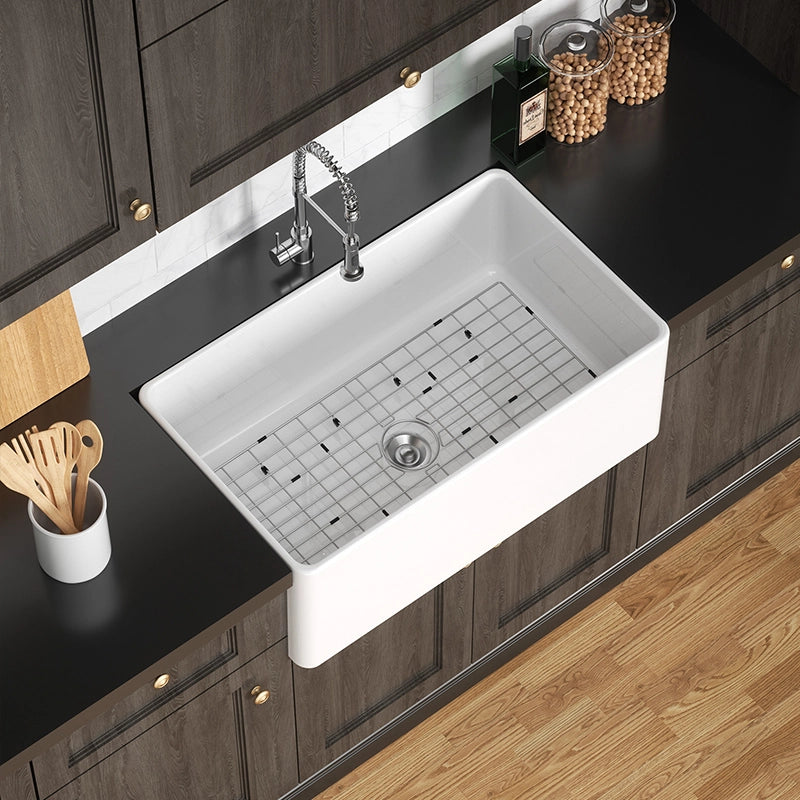
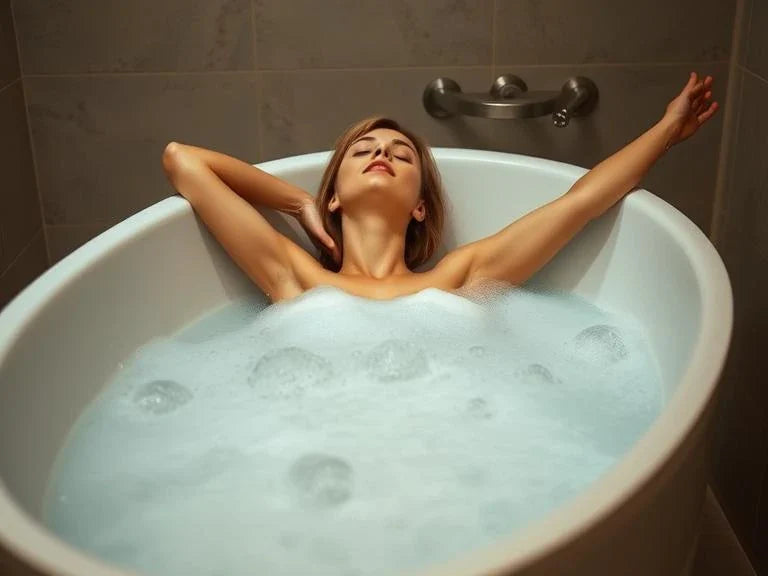
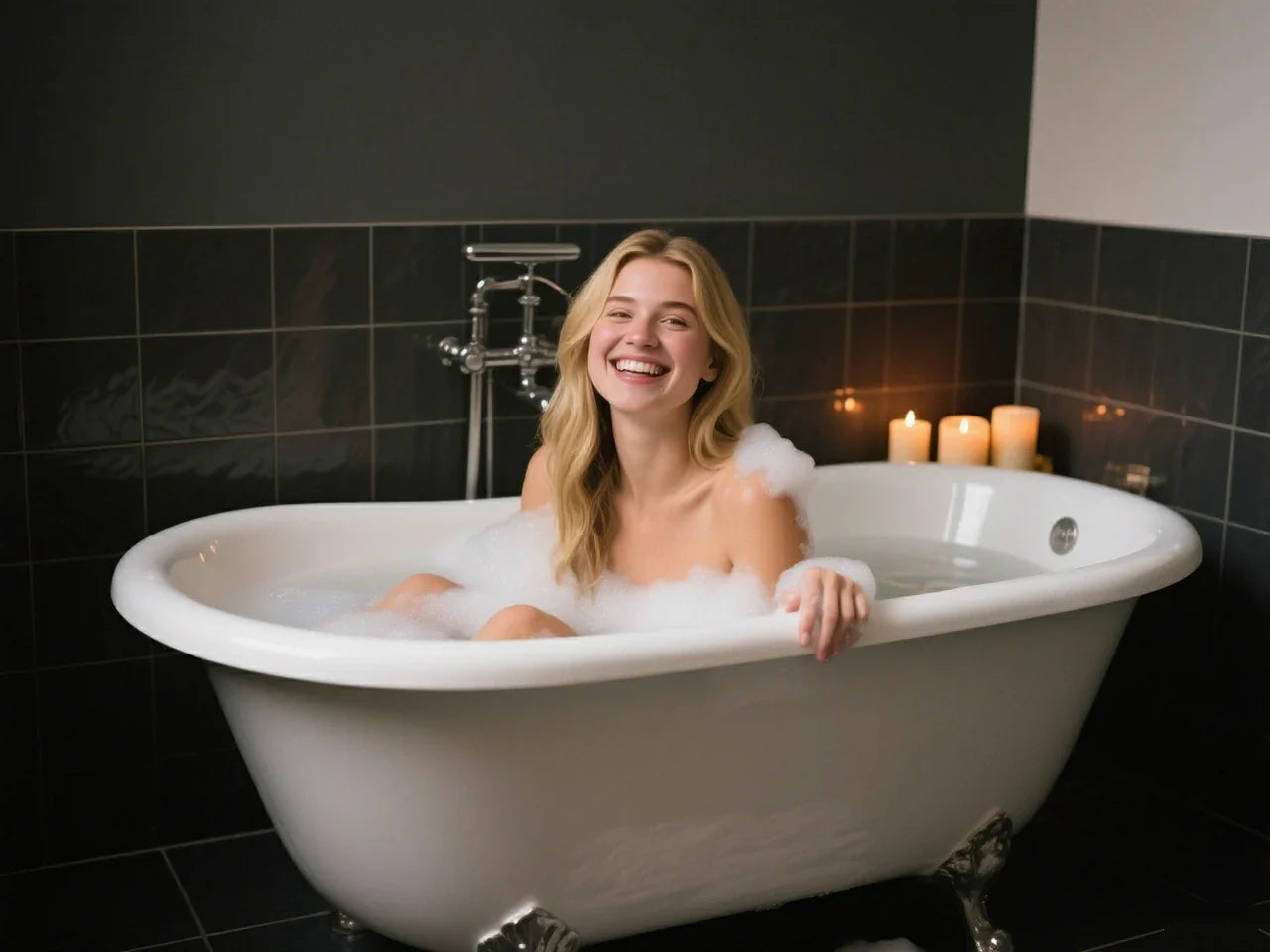
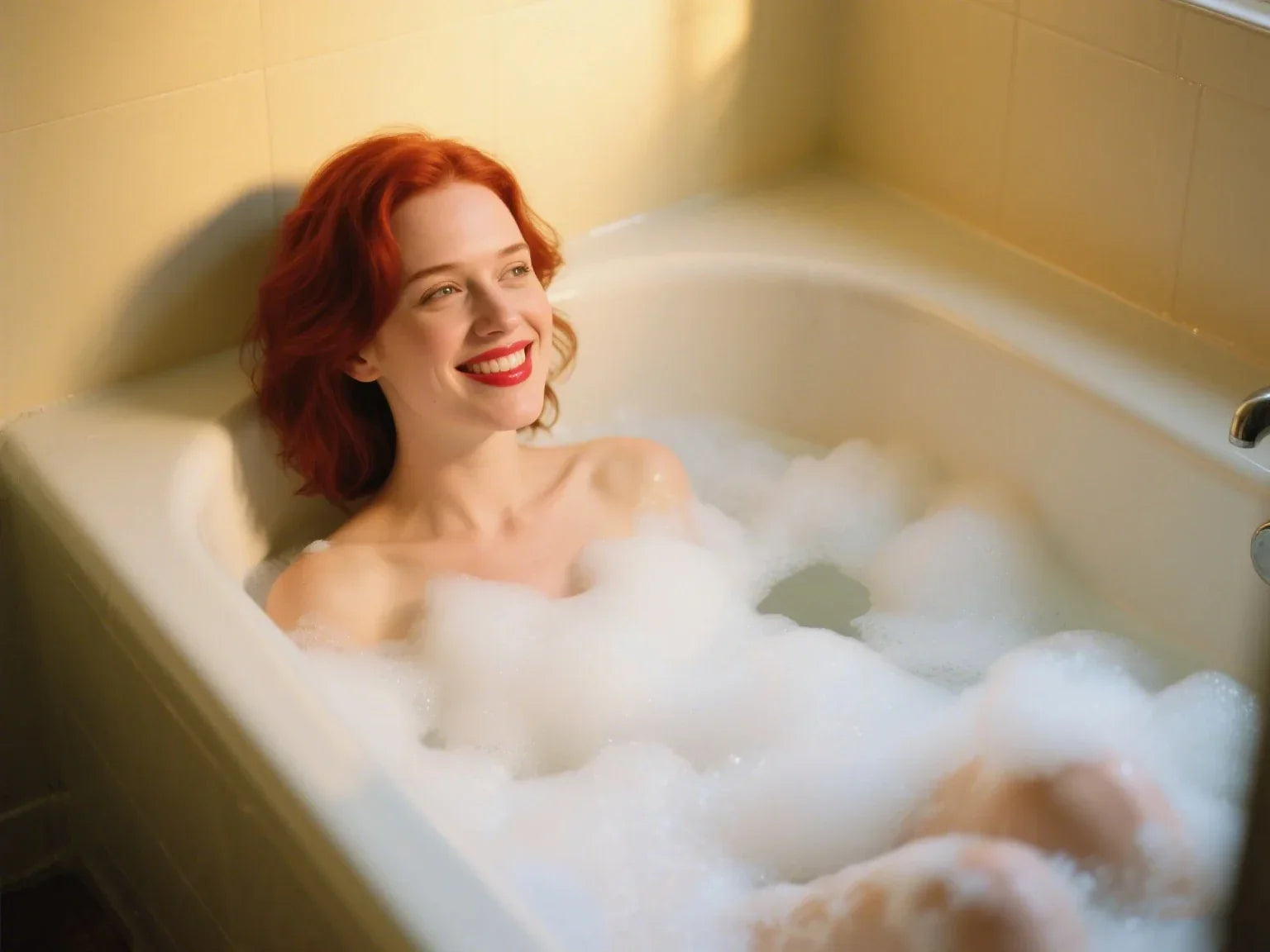

Leave a comment
This site is protected by hCaptcha and the hCaptcha Privacy Policy and Terms of Service apply.